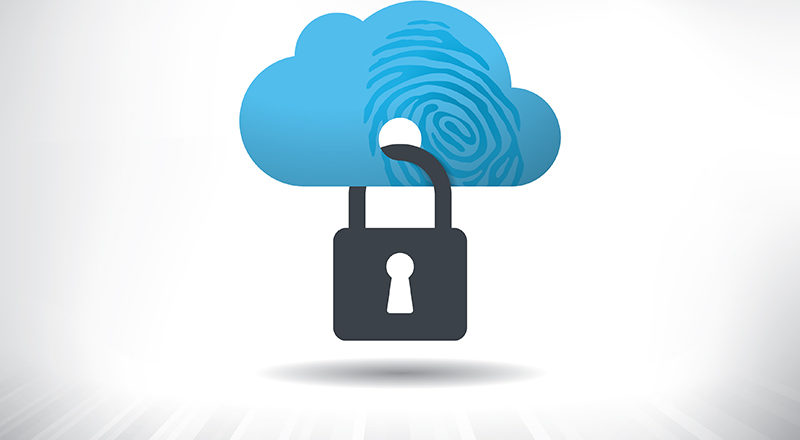
IBM Security released new data examining the top challenges and threats impacting cloud security, indicating that the ease and speed at which new cloud tools can be deployed can also make it harder for security teams to control their usage. According to IBM survey data and case-study analysis, basic security oversight issues, including governance, vulnerabilities, and misconfigurations, remain the top risk factors organizations should address to help secure increasingly cloud-based operations. The case-study analysis of security incidents over the past year also sheds light on how cybercriminals are targeting cloud environments with customized malware, ransomware and more.
While the cloud enables many critical business and technology capabilities, ad-hoc adoption and management of cloud resources can also create complexity for IT and cybersecurity teams. According to IDC, more than a third of companies purchased 30+ types of cloud services from 16 different vendors in 2019 alone. This distributed landscape can lead to unclear ownership of security in the cloud, policy “blind spots” and potential for shadow IT to introduce vulnerabilities and misconfiguration.
In order to get a better picture of the new security reality as companies quickly adapt to hybrid, multi-cloud environments, IBM Institute for Business Value (IBV) and IBM X-Force Incident Response and Intelligence Services (IRIS) examined the unique challenges impacting security operations in the cloud, as well as top threats targeting cloud environments. Top findings include:

“Many enterprises in the region have already embarked on their transition to the cloud,” said Hossam Seif El-Din, Vice President, Enterprise and Commercial, IBM Middle East and Africa. “As they continue this journey of shifting mission-critical workloads to the cloud and optimizing the fundamentals of their business, it is critical to be aware of the complexities of their cloud resources. It is equally critical for their businesses that they are aware and alert to the security risks posed to distributed landscapes.”
Who owns Security in the Cloud?
A survey from IBM Institute for Business Value found that responding organizations that relied heavily on cloud providers to own security in the cloud, despite the fact that configuration issues – which are typically users’ responsibility – were most often to blame for data breaches (accounting for more than 85% of all breached records in 2019 for surveyed organizations).
Additionally, perceptions of security ownership in the cloud for surveyed organizations varied widely across various platforms and applications. For example, the majority of respondents (73%) believed public cloud providers were the main party responsible for securing software-as-a-service (SaaS), while only 42% believed providers were primarily responsible for securing cloud infrastructure-as-a-service (IaaS).
While this type of shared responsibility model is necessary for the hybrid, multi-cloud era, it can also lead to variable security policies and a lack of visibility across cloud environments. Organizations that are able to streamline cloud and security operations can help reduce this risk, through clearly defined policies which apply across their entire IT environment.
Top Threats in the Cloud: Data Theft, Cryptomining and Ransomware
In order to get a better picture of how attackers are targeting cloud environments, X-Force IRIS incident response experts conducted an in-depth analysis of cloud-related cases the team responded to over the past year. The analysis found: